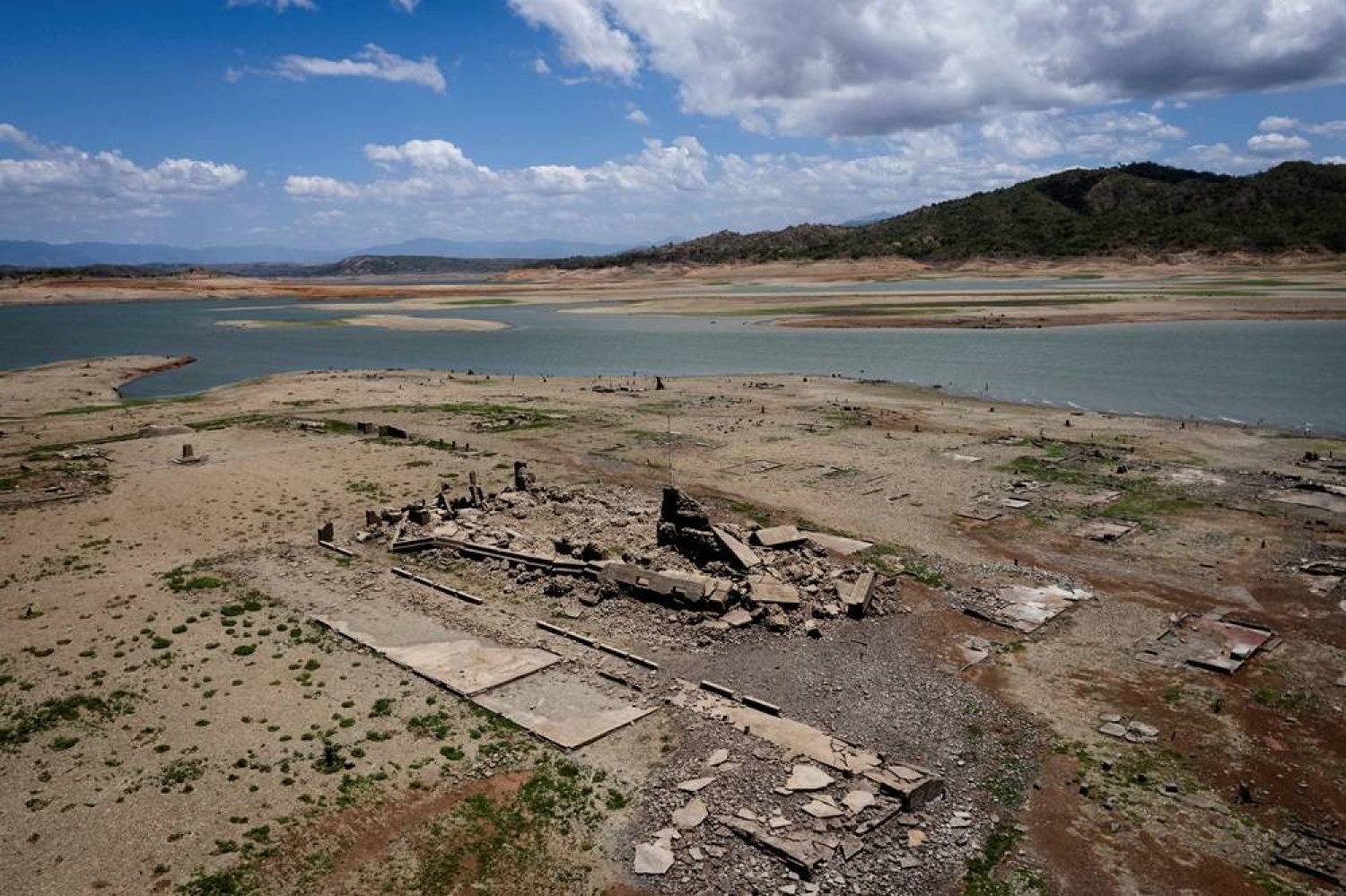Egypt held weeklong celebrations to mark the 118th anniversary of Heliopolis, or New Egypt, one of the capital Cairo’s most famous neighborhoods.
During Heliopolis Week, the ministries of tourism and communications organized a cultural and arts festival at the Granada Palace to highlight historic events from the neighborhood.
Heliopolis was established by Belgian Baron Édouard Empain in 1905 after the “Heliopolis Oases Company”, currently known as the “Heliopolis Company”, signed a contract to construct a railway line linking the Cairo city center to New Egypt. Empain began building the neighborhood over an area of 25 square kilometers and he later named it Heliopolis.
In a speech at a festival marking the end of Heliopolis Week on Thursday, Ahmed Issa, minister of Tourism and Antiquities, said: “New Egypt was born in the Cairo desert and it boasts several unique breathtaking sights, such as castles, gardens and places of worship.”
Cairo enjoys unique tourism characteristics that can transform it into one of the world’s greatest tourism cities, he stressed.
The Baron Empain palace is a major historic building in Heliopolis, a landmark, and a tourist attraction in the Egyptian capital, he noted.
In 2020, the Egyptian government opened the palace after renovation and development, and turned it into a museum that highlights the history of Heliopolis.
Built by the Barron on Salah Salem street on an area of 12,500 square meters, the palace dates back to 1911. French Architect Alexander Marcel was inspired from the Angkor Wat temple in Cambodia, and the Odisha Hindu temples.
Empain lived in the palace, whose belongings were auctioned in the early 1950s. It remained neglected until its ownership was transferred to the Egyptian culture ministry in 2007. Its renovation was completed in 2020.
The Heliopolis Heritage Foundation organized Heliopolis Week under the sponsorship of different government agencies. The festival was aimed at “putting Heliopolis on the tourism map,” according to officials at the ministry of antiquities and tourism.
The festival included seminars and panel discussions about the history of Heliopolis, and how to revive historic buildings and areas to boost tourism. It also included art exhibitions that highlighted the history of the neighborhood.
Issa said these activities “help shed light on the historic and touristic landmarks in Egypt,” noting recent renovations and restorations in several regions that will help boost the sector.
Egypt plans to attract 30 million foreign tourists by 2028 through the National Tourism Strategy that calls for developing aviation and improving the quality of services in the tourism sector.
Issa had previously revealed tourism to Egypt had grown by 43 percent in the first three months of 2023 compared with the same period last year. Fifteen million tourists are expected by the end of the year.
















